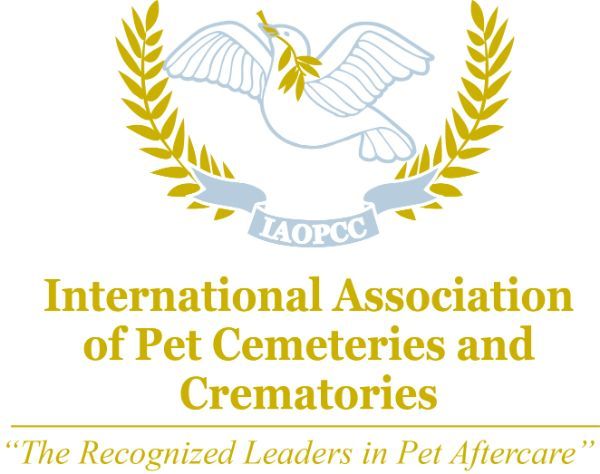Senior Pet Care Costs
As our beloved pets age, their needs evolve—and so do the costs associated with their care. Senior pet care costs can be significantly higher than those for younger animals due to increased medical needs, specialized diets, and mobility assistance. By understanding these expenses in advance, pet owners can provide the best care for their aging companions while staying financially prepared.
Common Health-Related Costs for Senior Pets
Veterinary care is one of the most significant expenses for senior pets. As dogs and cats enter their senior years—typically around age 7 for dogs and age 10 for cats—they are more prone to chronic conditions such as arthritis, diabetes, kidney disease, and heart problems. Routine checkups often increase in frequency from annually to biannually, and diagnostic testing such as blood work, X-rays, and ultrasounds may become more common. These procedures, while vital for early detection and treatment, can add hundreds or even thousands of dollars to annual care costs.
Specialized Diets and Supplements
Senior pets often require specially formulated diets to support joint health, weight management, and organ function. These premium foods typically cost more than standard pet food, with monthly expenses ranging from $30 to over $100, depending on the pet’s size and dietary needs. Additionally, supplements such as glucosamine, fish oil, and probiotics can further improve a pet’s quality of life, but they also add to monthly expenses.
Mobility and Comfort Aids
Older pets may suffer from decreased mobility due to joint issues or muscle weakness. Owners often invest in orthopedic beds, pet ramps, and mobility harnesses to enhance their comfort and safety. Some pets may even benefit from physical therapy or acupuncture, which are effective but can be costly. Investing in these aids not only improves quality of life but can also prevent more severe health issues down the line.
Grooming and Hygiene Maintenance
As pets age, grooming can become more challenging yet increasingly important. Senior pets often need more frequent grooming due to changes in coat texture, reduced self-grooming ability, and increased risk of skin infections. Professional grooming for senior pets may be more expensive due to the additional care and time required.
Pet Insurance and Financial Planning
Pet insurance can help offset some of the rising costs associated with senior pet care. However, premiums tend to be higher for older pets, and not all policies cover pre-existing conditions. It’s advisable to explore insurance options early or set aside a dedicated emergency fund. Budgeting for senior pet care in advance can reduce stress and ensure you’re prepared for any unexpected medical costs.
Planning for End-of-Life Care
End-of-life care is an emotional and financial consideration for senior pet owners. Costs may include palliative treatments, in-home euthanasia, cremation, or burial services. These services vary widely in price but are an important part of the overall cost of senior pet care.
Final Thoughts
Caring for a senior pet requires love, patience, and financial planning. By anticipating senior pet care costs and exploring options like pet insurance, budgeting, and preventative care, pet owners can ensure their loyal companions enjoy their twilight years with comfort and dignity. With the right support and resources, you can navigate the financial aspects of senior pet care with confidence and compassion.
The post Senior Pet Care Costs appeared first on Angelpaw.







